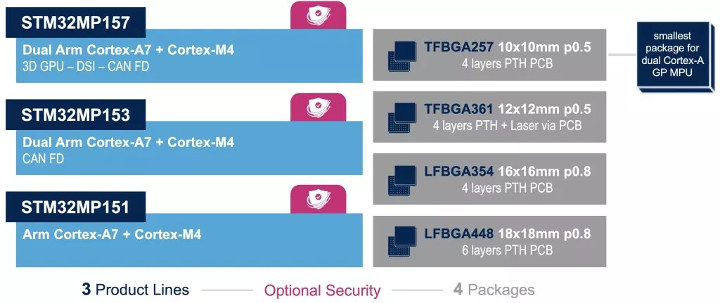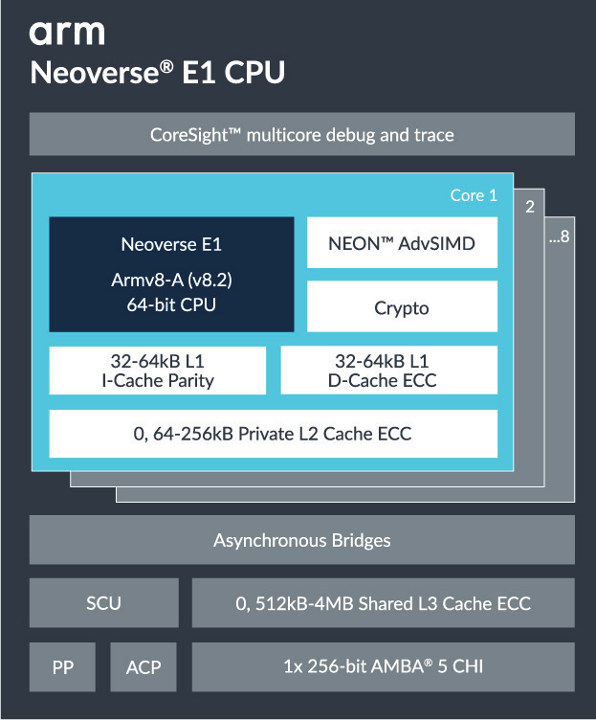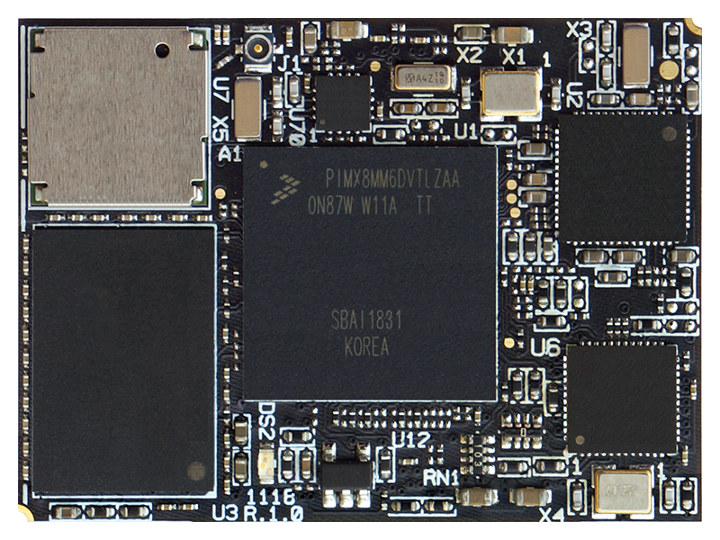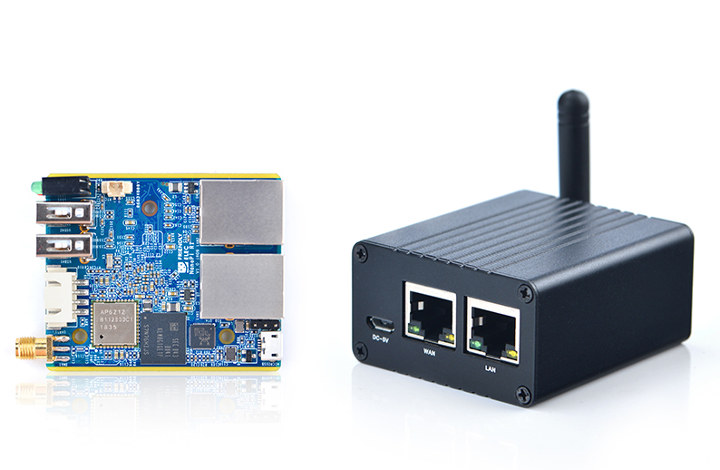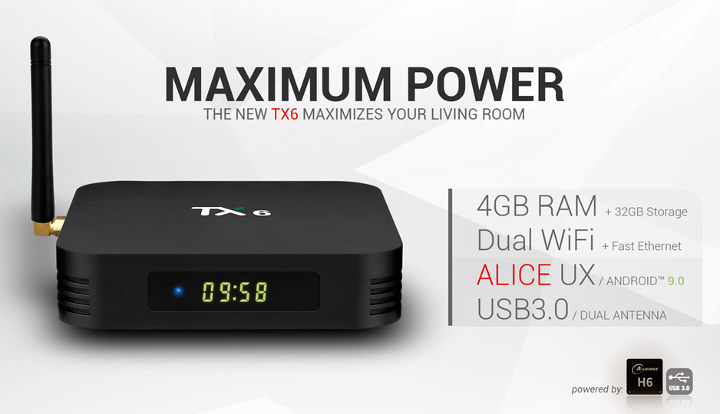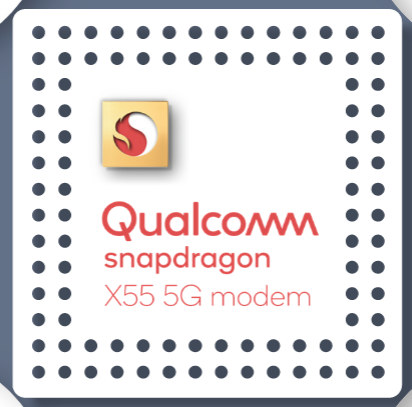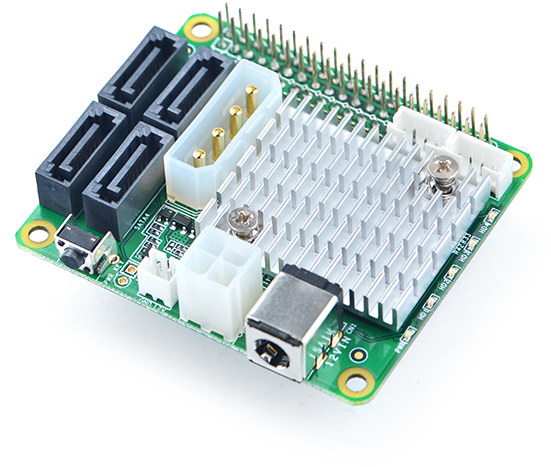Samsung officially launched the long awaited Galaxy S10 smartphone yesterday sporting either a Qualcomm Snapdragon 855 or Samsung Exynos 9820 processor coupled with 8GB RAM, 128 to 512GB storage, and a 6.1″ display. There are actually four variants of Galaxy S10, with S10+ model coming with up to 12GB RAM, 1TB flash storage, and a 6.4″ display, S10e phone with a smaller 5.8″ display, as low as 6GB RAM, and 128 to 256GB flash storage, and S10 5G with a 5G modem, a larger 6.7″ display, 6 cameras, and a larger 4,500 mAh battery. Many consider Samsung Galaxy phones to be the reference when it comes to Android phones, so let’s have a look at the technical specifications and features to see if there’s anything really new beside more processing power, and memory. Galaxy S10, S10+, S10e, and S10 5G phones share many of the same specifications: SoC (one or […]
STMicro STM32MP1 Cortex A7/M4 MPU Supports Linux and Android
When Linux 4.17 was released last June, we discovered an interesting new STM32 part: STM32MP157C dual core Cortex-A7 processor. It was the first time I saw an STM32 IC not based on Arm Cortex-M microcontroller core, but we knew only very little details at the time. STMicro has now made it official, and introduced STM32MP1, the first STM32 MPU (Microprocessor Unit) that features one or two Arm Cortex-A7 cores running Linux, as well as an Arm Cortex-M4 real-time core that allows to re-use code from existing STM32 projects. STM32MP1 key features and specifications: Cores Single or Dual Cortex-A7 core(s) running at 650 MHz with 32-Kbyte L1 Instruction cache, 32-Kbyte L1 Data cache, 256-Kbyte Level 2 cache Cortex-M4 core running at 209 MHz with single-precision floating point unit (FPU), digital signal processor (DSP) instructions, and memory protection unit (MPU) GPU (STM32MP157 only) – Vivante 3D GPU with OpenGL ES 2.0 support; […]
Arm Neoverse E1 & N1 Processors Target Edge and Cloud Infrastructure
Arm has just announced two new processors for compute workloads with a power efficient Neoverse E1 platform targeting edge devices like 5G base stations, as well as the more powerful Neoverse N1 platform designed for the cloud, and aiming at challenging Intel Xeon processors. Arm Neoverse E1 Key specifications and features of Arm Neoverse E1: Simultaneous Multithreading (SMT) supporting two threads concurrently Up to 8 cores (16 threads) per cluster Superscalar, out-of-order pipeline Configurable private L2 cache Configurable L3 cache Low-latency Accelerator Coherency Port (ACP) for closely coupled accelerator integration Support cache stashing into L2/L3 cache Arm Neoverse E1 is the first Arm processor to support SMT and is best suited for data plane compute workloads such as 4G/5G transport, software-defined networking, software-defined storage, and SD-WAN. The platform features a scalable architecture suitable for 10Gb wireless/wireline devices to high-performance 100G+ Dataplane Processing Unit (DPU). Arm developed a 5G small cell […]
CompuLab UCM-iMX8M-Mini is a Stamp Size i.MX 8M Mini SoM
We’ve recently written about several new hardware platforms based on the latest NXP i.MX 8M Mini processor family including Nitrogen8M_Mini SBC and F&S Elektronik PicoCore MX8MM SoM. Thanks to a new 14-nm process, the new family has the advantage of consuming less power, and the Cortex-A53 cores can run at a higher frequency. They should cost less as well thanks to cost-saving measures like the adoption of a 1080p video decoder instead of a 4K decoder found in the older NXP i.MX 8M family. CompuLab has now launched their own NXP i.MX 8M Mini SoM with UCM-iMX8M-Mini module that’s about the size of a largish stamp (38 x 28 mm) suitable for portable and space constrained applications such as professional handheld devices, wearable healthcare monitors and medical devices, autonomous drones with visual object recognition, or portable instrumentation equipment with advanced HMI. CompuLab UCM-iMX8M-Mini SoM specifications: SoC (one or the other) […]
NanoPi R1 is an Allwinner H3 Gateway with Dual Ethernet, WiFi and Bluetooth
A couple of years ago, Shenzhen Xunlong Software launched Orange Pi R1 board powered by Allwinner H2+ processor with two Fast Ethernet ports, and some I/Os which could be useful for intelligent controllers and simple IoT gateways. FriendlyElec has now launched a similar, but improved product with their NanoPi R1 featuring Allwinner H3 processor coupled with 512MB or 1GB memory, two Ethernet ports, WiFi and Bluetooth connectivity, packaged in a neat metal case. NanoPi R1 specifications: SoC – Allwinner H3 quad-core Arm Cortex-A7 processor @ up to 1.2GHz with Mali-400MP2 GPU System Memory – 512MB or 1GB DDR3 RAM Storage – MicroSD Slot, optional 8GB eMMC flash Connectivity 1x Gigabit Ethernet, 1x Fast Ethernet 802.11b/g/n WiFi 4 with SMA antenna interface Bluetooth 4.0 dual mode (Classic / LE) USB – 2x USB Type-A host ports, 1x micro USB OTG port Debugging – 3-pin 2.54mm pitch header for serial console Serial […]
Tanix TX6 Allwinner H6 TV Box Gets Android 9.0 Firmware
The first Android 9.0 TV boxes appeared a few months ago in some Rockchip RK3328 based models, Amlogic also showcased Android 9 Pie in S905X2 / S905Y2 TV box reference platforms, but so far I don’t think I had heard about Android 9.0 for Allwinner processors. But GeekBuying and Aliexpress are now listing Wechip / Tanix TX6 Allwinner H6 TV box previously launched with Android 7.1, with Android 9.0 Pie instead for $39 and up. Here’s a reminder of Tanix TX6 hardware specifications: SoC – AllWinner H6 quad-core Arm Cortex-A53 processor up to 1.5 GHz with Mali-T720MP2 GPU System Memory – 4GB DDR3 Storage – 32GB eMMC flash, micro SD card slot up to 128GB Video Output – 1x HDMI 2.0a up to 4K @ 60hz with HDR support Audio I/F – HDMI, coaxial S/PDIF Video Playback H.265/HEVC Main/Main10 profile @ level 5.2 high-tier up to 4K @ 60fps / 6K […]
Qualcomm Announces Snapdragon X55 Second Generation 5G Modem
Several 5G smartphones based on Snapdragon 855 processor and Snapdragon X50 5G modem have been announced, but AFAIK none have shipped to end users. But Qualcomm has already announced their second generation 5G NR (New Radio) modem with Snapdragon X55, which the company claims is “the world’s most advanced commercial multimode 5G modem”. Manufactured with a 7-nm process, Snapdragon X55 is a single-chip modem that supports 2G, 3G, 4G, and 5G NR mmWave and sub-6 GHz spectrum bands with up to 7 Gbps download speeds and 3 Gbps upload speeds over 5G, and up to 2.5 Gbps download speeds over LTE (Category 22) The model supports TDD and FDD modes, is capable of Standalone (SA) and non-standalone (NSA) network deployments, and can handle dynamic spectrum sharing delivering both 4G & 5G services dynamically. The Snapdragon X55 5G modem pairs with the new QTM525 5G mmWave antenna module, as well as […]
Design your own NAS with $25 4x SATA HAT for NanoPi M4 Board
NanoPi M4 is one of the many Rockchip RK3399 boards available on the market today. The SBC follows Raspberry Pi form factor, comes with 2 to 4 GB RAM, four USB 3.0 ports, Gigabit Etherent, HDMI 2.0, etc.. and exposes the 2-lane PCIe interface from the Rockchip processor not through a typical PCIe slot or mini PCIe slot, but instead through a 2.54mm pitch header. I feel like an odd choice at first glance, but it now makes complete sense, as the company has launched a 4x SATA HAT for NanoPi M4 board that leverages the header with PCIe 2x signals. 4x SATA HAT for NanoPi M4 key features and specifications: PCIe to SATA Chipset – Marvell 88SE9215 four-port 6Gbps SATA I/O controller USB – 2x 4-pin USB 2.0 host connectors Expansion – NanoPi M4 40-pin header exposed Misc Power key, unpopulated power key jumper Power LED, 4x SATA LEDs […]



